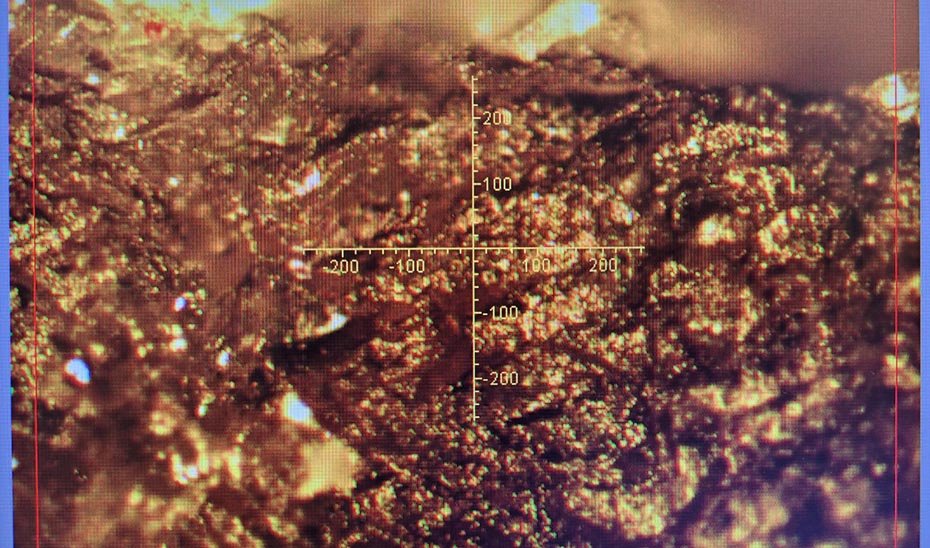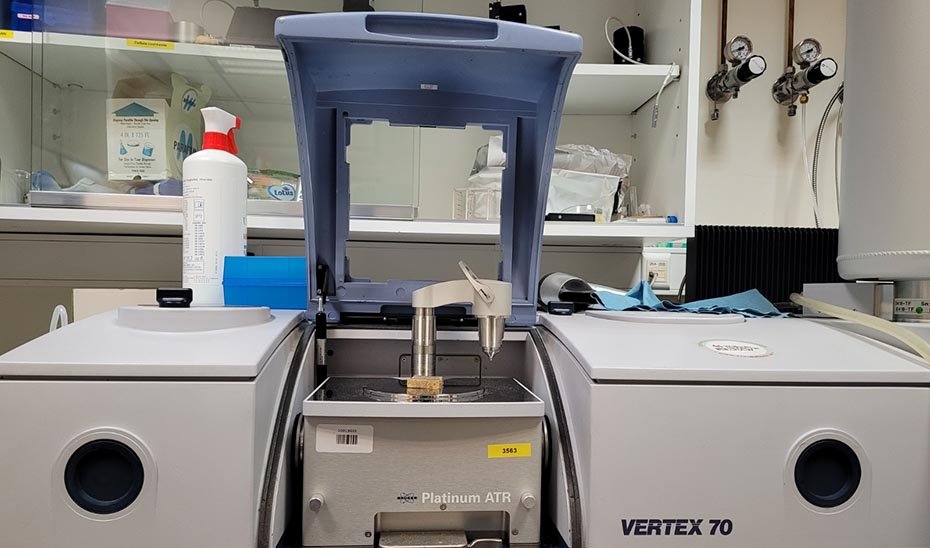
A research team from the Andalusian Institute of Agricultural Research and Training, Fisheries, Food, and Organic Production (Ifapa) at the Alameda del Obispo center in Córdoba, in collaboration with the Walloon Agricultural Research Centre (CRA-W, Belgium), has developed a rapid method for detecting and quantifying histamine using mid-infrared technology. This allergen, which can be present in fish such as tuna, can be harmful depending on its concentration and the sensitivity of the person consuming it.
The presence of this compound is related to poor fish conservation, inadequate hygiene in handling, and other factors that accelerate microbial activity and tissue degradation. In large quantities, histamine can pose a risk to consumers, depending on their sensitivity to it.
According to the Ifapa experts responsible for this study, which has been funded by the European Union’s European Agricultural Fund for Rural Development (EAFRD) and Ifapa’s own funds with the support of the Andalusian Regional Government, there are currently no other rapid methods that can directly quantify these types of compounds in fish. Therefore, their proposal could be useful for companies and entities that monitor the quality of fish products to quickly identify batches of fish with dangerous levels of histamine for human consumption. Additionally, the technology developed could be adapted for other foods where these types of compounds are also a significant issue.
Research group from Ifapa at the Alameda del Obispo center.
Traditionally, this type of food analysis is carried out using a common analytical technique that involves collecting a sample, transporting it to the laboratory, subjecting it to a series of procedures such as grinding or extracting the compounds of interest, and then chemically analyzing them to identify and quantify them. «The process we propose does not require as many steps and does not destroy the sample. You would simply place the piece and apply the technology in question. It would be a process similar to scanning items at the supermarket checkout,» explains the lead researcher at Ifapa, José Manuel Moreno, to the Descubre Foundation, an entity under the Ministry of University, Research, and Innovation.
‘Teaching’ the algorithm
As explained in the article ‘Rapid screening of tuna samples for food safety issues related to histamine content using fourier-transform mid-infrared (FT-MIR) and chemometrics’ published in the Journal of Food Engineering, to develop this rapid method, the experts created a mathematical algorithm with the spectra obtained through mid-infrared and inputted histamine data from tuna samples with different concentrations.

FT-MIR equipment used for rapid histamine detection.
To ‘force’ these concentrations, the experts exposed the fish to different times and temperatures of conservation to increase the variability of the compound data in the tuna samples. They then analyzed them using instruments related to mid-infrared to ‘teach’ the algorithm to predict the presence of histamine and its quantification.
A simple and portable system
Furthermore, the experts have gone a step further and developed discriminant models, meaning the system not only identifies and quantifies histamine but also automatically indicates if its concentration exceeds the limits set by current regulations, whether European or American (FDA), with 95% efficiency. «Other advantages of using these instruments with the system we propose are that, on one hand, it can be used in both laboratory and portable versions, and on the other hand, multiple pieces can be analyzed without destruction,» explains Ifapa researcher Mónica Sánchez Parra, a co-author of the study.
The next objective of the Agri-Food Industry and Quality Area group at the Ifapa Alameda del Obispo center is to transfer these algorithms to increasingly simpler analysis instruments, so that operators using them can implement them at any stage of the food management and transformation process.





